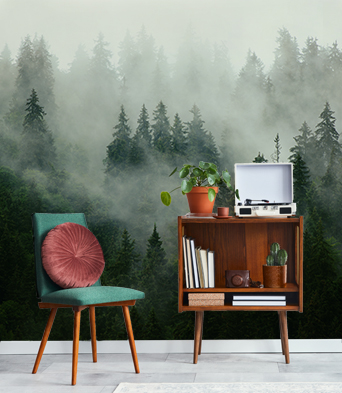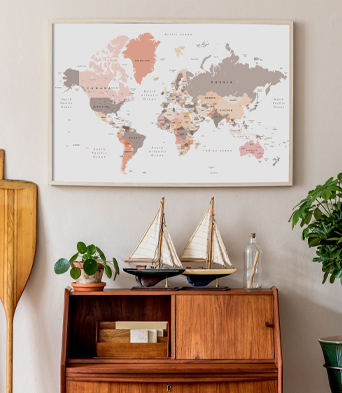
Papel de parede em vinil
O papel de parede em vinil é impresso em uma base durável com uma superfície lisa e fosca. As cores dos papéis de parede ficarão vivas por muitos anos, graças às tintas HP Látex.
- ✓ Resistente à deformação e alongamento
- ✓ Permeável ao vapor de água
- ✓ Fácil montagem
- ✓ Tinta Eco Látex
Largura máxima do bloco: 95-105 cm. Quando o tamanho exceder a largura máxima, a impressão consistirá em várias folhas pares
Aplicação: paredes lisas e uniformes
Método de colagem: A cola é aplicada apenas à superfície da parede e colocamos os próximos blocos de ponta a ponta, o que reduz o risco de danos ao papel de parede e também permite uma correção suave de sua localização
Método de limpeza: com um pano seco
Acabamento: semi-fosco
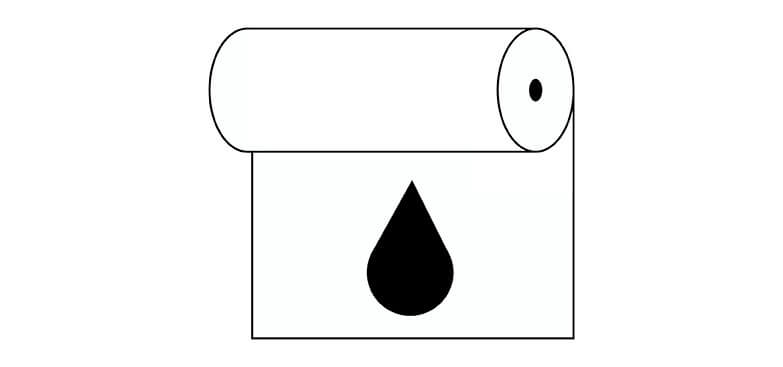
Papel de parede em vinil lavável
O papel de parede em vinil lavável é impresso em uma base durável com uma superfície lisa e fosca e coberto com um laminado, que protege contra a umidade e os efeitos negativos de outros fatores externos (arranhões, abrasões, luz do sol). A moderna tecnologia de impressão HP Látex permite cores vivas por um longo tempo.
- ✓ Coberto com laminado
- ✓ Resistente à umidade, arranhões, abrasões e efeitos do sol
- ✓ Resistente à deformação e alongamento
- ✓ Permeável ao vapor de água
- ✓ Fácil montagem
- ✓ Tinta Eco Látex
Largura máxima do bloco: 95-105 cm. Quando o tamanho exceder a largura máxima, a impressão consistirá em várias folhas pares
Aplicação: paredes lisas e uniformes. Quartos com alta umidade (cozinha, banheiro) e expostos a arranhões (corredor, sala de crianças, hotel, restaurante, sala de conferências, edifícios públicos, escolas, jardins de infância, creches)
Método de colagem: A cola é aplicada apenas à superfície da parede e colocamos os próximos blocos de ponta a ponta, o que reduz o risco de danos ao papel de parede e também permite uma correção suave de sua localização
Método de limpeza: com um pano úmido
Acabamento: semi-fosco

Papel de parede estruturado de vinil
O papel de parede estruturado em vinil é impresso em uma base durável com estrutura de areia fina. Este acabamento permite obter uma melhor percepção da profundidade da impressão. A tecnologia HP Látex permite manter cores vivas por muitos anos.
- ✓ Estrutura de areia fina
- ✓ Resistente à deformação e alongamento
- ✓ Permeável ao vapor de água
- ✓ Fácil montagem
- ✓ Tinta Eco Látex
Largura máxima do bloco: 100 cm. Quando o tamanho exceder a largura máxima do material, a impressão consistirá em várias folhas pares
Aplicação: paredes lisas e uniformes. O papel de parede funciona bem em interiores residenciais, bem como em restaurantes, escolas e escritórios
Método de colagem: A cola é aplicada apenas à superfície da parede e colocamos os próximos blocos de ponta a ponta, o que reduz o risco de danos ao papel de parede e também permite uma correção suave de sua localização
Método de limpeza: com um pano seco
Acabamento: semi-fosco, estrutura de areia fina
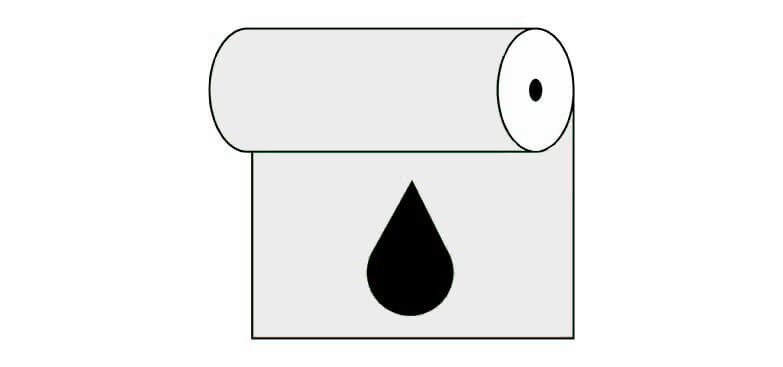
Papel de parede de vinil estruturado lavável
O papel de parede de vinil é impresso em uma base durável com estrutura de areia fina, que permite obter uma melhor percepção da profundidade da impressão. A tecnologia HP Látex permite manter cores vivas por muitos anos.
- ✓ Coberto com laminado
- ✓ Estrutura de areia fina
- ✓ Resistente à umidade, arranhões, abrasões e efeitos do sol
- ✓ Resistente à deformação e alongamento
- ✓ Permeável ao vapor de água
- ✓ Fácil montagem
- ✓ Tinta Eco Látex
Largura máxima do bloco: 100 cm. Quando o tamanho exceder a largura máxima do material, a impressão consistirá em várias folhas pares
Aplicação: paredes lisas e uniformes. Quartos com alta umidade (cozinha, banheiro) e expostos a arranhões (corredor, sala de crianças, hotel, restaurante, sala de conferências, edifícios públicos, escolas, jardins de infância, creches)
Método de colagem: A cola é aplicada apenas à superfície da parede e colocamos os próximos blocos de ponta a ponta, o que reduz o risco de danos ao papel de parede e também permite uma correção suave de sua localização
Método de limpeza: com um pano úmido
Acabamento: semi-fosco, estrutura de areia fina
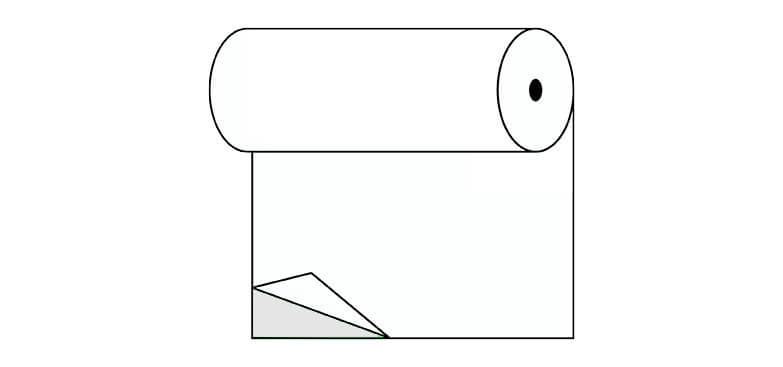
Papel de parede autoadesivo
Graças à sua aplicação universal, funciona muito bem em ambientes diversos e em diferentes superfícies. Os papéis de parede autoadesivos são ótimos para serem colados na parede, bem como em guarda-roupas, vidros, móveis e outras superfícies lisas. Cores claras e vivas por muitos anos são fornecidas pela tecnologia HP Látex.
- ✓ Sem cola adicional
- ✓ Montagem muito fácil e rápida
- ✓ Resistente à deformação e alongamento
- ✓ Permeável ao vapor de água
- ✓ Tinta Eco Látex
Largura máxima do painel: 133 cm. Se o tamanho exceder a largura máxima do material, a impressão consistirá em várias folhas pares
Aplicação: superfícies lisas, uso universal
Método de colagem: ponta a ponta
Método de limpeza: com um pano úmido
Acabamento: semi-fosco
 PLN
PLN BRL
BRL CZK
CZK EUR
EUR EUR
EUR EUR
EUR EUR
EUR GBP
GBP RUB
RUB SEK
SEK USD
USD